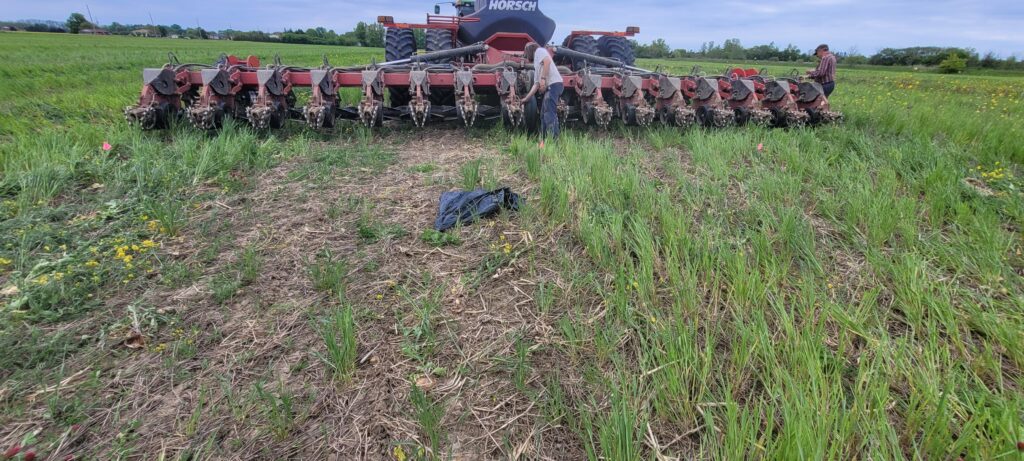Conventional systems of land care are based on the belief that soil is simply a collection of dirt, rocks, and nutrients. This belief is reflected in the methods and practices used in conventional farming and landscaping, which often involve tilling, removing plant debris, and applying chemicals to the soil. However, this approach ignores the vital role that soil life plays in supporting healthy plants and ecosystems.
In reality, soil is a complex and dynamic living system, made up of a diverse community of microorganisms, fungi, and plants. These living organisms work together in a delicate balance, forming symbiotic relationships that are essential for healthy soil and plant growth. For example, nitrogen-fixing bacteria, mycorrhizal fungi, and other microorganisms help plants to absorb nutrients from the soil, while plant roots provide these microbes with the sugars and other organic compounds they need to survive.

In contrast, conventional farming and landscaping practices often destroy soil life, breaking apart fungal connections, increasing oxidation, and killing off vital soil organisms. This is why fertilizers and pesticides are needed to compensate for the loss of soil health. However, the use of these chemicals only exacerbates the problem, leading to further degradation of the soil and a vicious cycle of dependence on inputs.
The solution to this problem is to adopt regenerative land care practices that work with nature, not against it. These practices aim to rebuild soil health, improve soil structure, and support the growth of healthy plants by creating the conditions necessary for soil life to thrive. This is achieved through techniques such as reducing tillage, using compost, mulch, and other organic matter to improve soil structure and fertility, and planting a diverse mix of crops and vegetation to encourage the growth of a healthy soil community.
By adopting these regenerative processes, it is possible to reduce or even eliminate the need for fertilizers, pesticides, and other inputs, resulting in a healthier, more sustainable, and more resilient landscape. So, whether you are managing a lawn, a garden, or a large farm, it’s time to start thinking beyond dirt and embrace the power of regenerative land care to build healthier, more productive, and more sustainable ecosystems.
